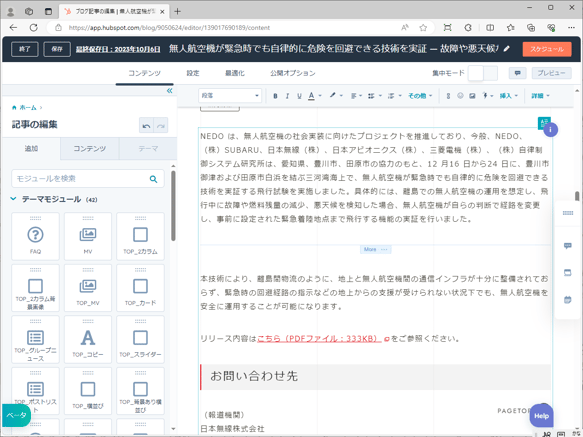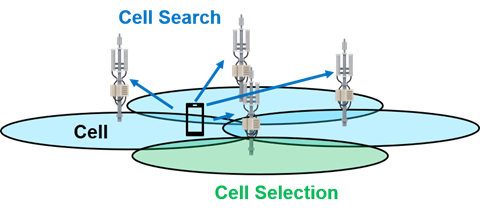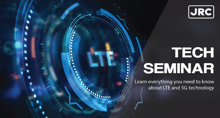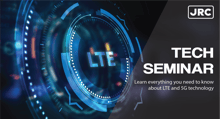Contents
JRC Tech Seminar Vol.1
We are very happy to tell you that we are launching a new blog section and will share knowledge about LTE and 5G technology regularly, hope you will enjoy it!
Now we would like to introduce the process of Attach Sequence, and since the article is quite long, we will split it into two blogs. This time, we will talk about the definition of Attach Sequence, the general process, and cell search/selection.
What is “LTE Attach”?
It is the connection of a UE, such as a smartphone or CPE, to an LTE network.
The series of processes from when the device is turned on until the connection to the LTE network is completed is called the Attach Sequence. When the attachment is completed, the 4G icon appears in the status bar on your smartphone.

The Processes of Attach Sequence

Cell Search / Cell Selection
A UE performs cell search and cell selection in order to select the most suitable cell from the cells of multiple eNodeBs around it.
A cell is an area covered by a single eNodeB.
Cell search
Frequency Search / Timing Synchronization
Frequency search and synchronization with the DL signal of the eNodeB.
It also obtains PCI (Physical Cell ID), which is a unique ID of a cell.
Cell Selection
MIB / SIB decode
Obtains various system information of eNodeBs and selects eNodeBs with strong signal levels.

P-SS / S-SS
P-SS (Primary Synchronization Signal) and S-SS (Secondary Synchronization Signal) are synchronization signals that are detected during a cell search, by which a UE acquires synchronization with an eNodeB. They are transmitted on the synchronization channel SCH (Synchronization Channel). By detecting the P-SS and S-SS synchronization signals, the UE performs frequency and time synchronization with the downlink signal of the eNodeB.
MIB
MIB (Master Information Block) is the system information of a cell, which is read by a UE when selecting a cell. It is transmitted on the PBCH (Physical Broadcast Channel). A UE understands the system information of a cell by reading the MIB.
It is located at a fixed position in the radio frame.
SIB
The SIB (System Information Block) is the system information of a cell, which is obtained by a UE when selecting a cell and contains more detailed system information than the MIB does.
It is transmitted over the PDSCH(Physical Downlink Shared Channel).
There are 24 types of SIBs (SIB1 to SIB24), and the UE obtains SIB1/SIB2 when it selects a cell.
The information necessary for the UE's random access to the eNodeB is contained in SIB2.
MIB, SIB1, and SIB2 are the three systems of information that terminals must acquire.
Random Access / RRC Connection
The UE takes a procedure called Random Access and transmits UL at the transmission timing specified by the eNodeB. The signal that the UE sends to the eNodeB in the Random Access procedure is called a Preamble, and it indicates the UE's intention to transmit to the eNodeB.
If the Preamble is sent to the eNodeB and a response is received from the eNodeB, the UE request for transmission is approved, but if no response is received, the Preamble will be retransmitted several times. If no response is received from the eNodeB after several retransmissions, the UE stops sending the Preamble.
After following the Random Access procedure, the RRC connection procedure is followed to establish the connection between the UE and the eNodeB in the radio section.












